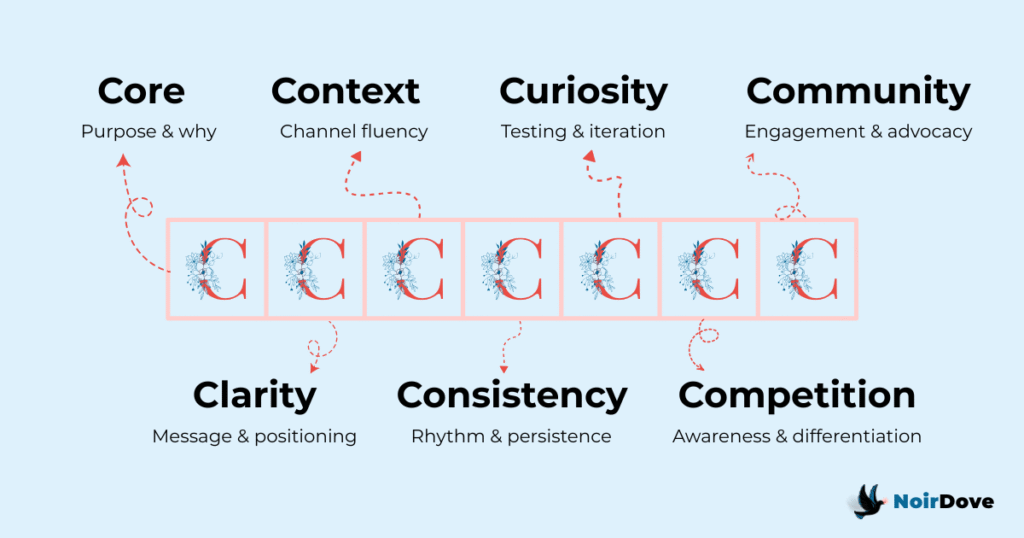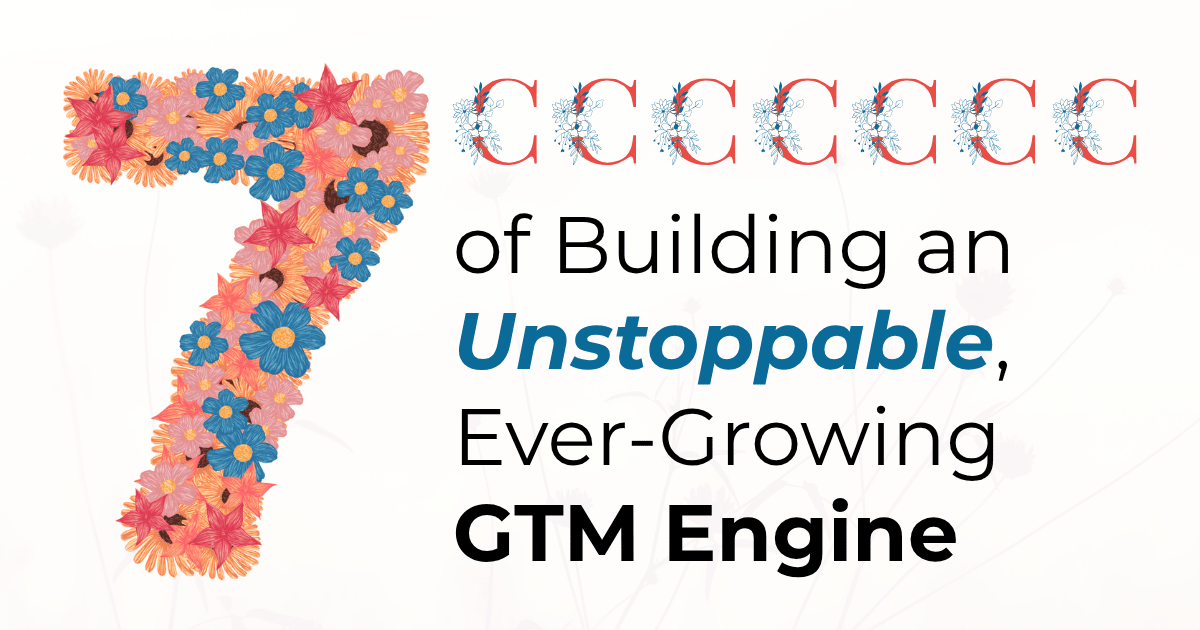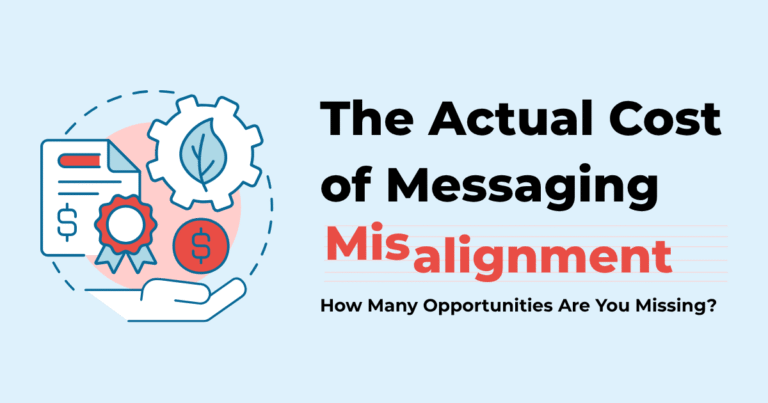Every few months, someone pronounces some marketing channel dead.
“PR doesn’t work anymore.”
“LinkedIn’s too crowded.”
“Email’s spammed out.”
“Cold calling is dead.”
“Instagram is for kids.”
And yet…
companies are still growing.
So, what’s the disconnect?
It’s not that the channels don’t work.
It’s that most founders don’t know how to make them work.
They duplicate, paste, and bail — rather than grasping the fundamental principles that get GTM (Go-to-Market) to actually work.
Ten years of observing founders succeed and fail in GTM have led me to conclude that the channels aren’t the issue — context, clarity, and consistency are.
And that’s where my framework enters.

7 C’s of Building an Ever-Growing GTM
Each “C” builds on the last.
When you put them together, your GTM doesn’t merely work — it compounds.
1. Core – Know why you do what you do
All exceptional GTMs begin from the inside out.
Prior to channels, tactics, or funnels — comes the core.
Ask yourself:
Why are we creating this product?
Who are we actually trying to assist?
What pain or belief in the world are we attempting to solve?
Your core determines your positioning, tone, and long-term differentiation.
If your team isn’t able to express your “why” in one concise sentence, each channel will be a shot in the dark.
GTM begins with identity, not activity.
2. Clarity – Express what you do so your customers get it
Famous founders speak on behalf of their product, not their customer.
They talk features when their audience is interested in results.
Clarity is:
You know your ideal customer.
You know what problem they think about in the morning.
You can explain how you help in 10 words or less.
Because if you confuse them, you lose them.
Clarity isn’t optional — it’s your first conversion lever.
Clarity turns noise into narrative.
3. Context – Master the nuances of each channel
This is the most under-leveraged GTM skill.
Founders tend to say,
“LinkedIn doesn’t work.”
But what they’re actually doing is copy-pasting their cold email onto a LinkedIn message.
Or they say,
“Instagram doesn’t work for B2B.”
Then they create a 2-minute talking-head video with no hook, no passion, no humor.
Each channel has its context:
LinkedIn = Thought leadership and dialogue.
Email = Precision, personalization, and proof.
PR = Credibility through narrative.
Instagram = Human brand and visual contact.
Events = Energy, relationships, and real-time influence.
What breaks is not the channel — it’s the absence of contextual fluency.
Context makes your clarity land.
4. Consistency – Build rhythm before results
Most founders test a channel for two weeks and then declare it dead.
They underestimate how long it takes to be seen, remembered, and trusted.
Consistency isn’t about spamming — it’s about showing up with rhythm.
You build your audience in layers:
Name recognition 👉 Authority 👉 Expertise
That only happens when you’re consistent with both message and presence.
Because in GTM, familiarity breeds trust — and trust compounds into pipeline.
Consistency turns momentum into compounding growth.
5. Curiosity – Continue to test what others take for granted
Curious founders don’t tell people, “This won’t work.”
They tell people, “Let’s discover how it can work.”
They experiment with every channel as if it were alive:
What happens when I modify the offer?
What if I tell a different story?
What if I communicate in my customer’s language rather than mine?
Curiosity keeps your GTM breathing.
It stops stagnation and drives iteration.
Curiosity keeps your growth engine learning, not merely running.
6. Competition – Know who else your audience is listening to
Whether you want it or not, your customers are always comparing.
If you don’t claim what’s different about you, somebody else will.
Learn from competition doesn’t equate to imitation — it equates to positioning.
You must know:
Who holds the mindshare currently?
What opportunities are they missing?
How can you say something that they avoid saying?
Your differentiation is what makes your clarity stick.
Competition refines your contrast — and contrast forms preference.
7. Community – The quiet amplifier
This is the seventh “C” that most founders tend to forget.
You can create demand — but community creates momentum.
When customers, users, or peers believe in you, they amplify your reach naturally.
A robust community doesn’t just boost content; it de-risks GTM.
It makes every message more credible.
Community is what converts your GTM from a funnel into a flywheel.
Bringing It All Together
An excellent GTM isn’t a collection of hacks.
It’s a system of fundamentals that compound.
| C | Focus | Outcome |
|---|---|---|
| Core | Purpose & why | Alignment |
| Clarity | Message & positioning | Conversion |
| Context | Channel fluency | Resonance |
| Consistency | Rhythm & persistence | Trust |
| Curiosity | Testing & iteration | Learning |
| Competition | Awareness & differentiation | Preference |
| Community | Engagement & advocacy | Momentum |
When these seven C’s are in sync —
your marketing no longer chases channels,
and begins building a compounding GTM machine.
Closing thought:
“Don’t blame the channel.
Build the clarity, context, and consistency that make it work.”



